Hammer Toe Exercises
Body Part:
Foot
Equipment:
Knee Hero & Mini Foam Roller
Level:
Beginner
Body Part:
Foot
Equipment:
Knee Hero & Mini Foam Roller
Level:
Beginner
Hammer toe is a foot deformity where one – or in some cases more – of your toes is bent downward at the middle joint, giving it the appearance of a hammer head. Although hammer toe can develop in any of your toes, the condition most commonly occurs in the second, third or fourth toes. We’ve developed exercises for hammer toes that can lengthen the shortened muscles and tendons so you can straighten your toe and walk without foot pain. Conservative treatment for your hammer toe may help you avoid surgery.1) To perform our routine, all you need is our Knee Hero and Mini Foam Roller. If you don’t have either, use a stack of books and a rolling pin.
Visit our online shop to buy your Knee Hero and Mini Foam Roller.
Take me to the shopYour toes are made up of bones, muscles, tendons, ligaments, and joints. These structures work together so you can bend and straighten your toes. Each toe except for your big toe has three joints: the metatarsophalangeal (at the base of your toe), the proximal interphalangeal (in the middle of your toe), and the distal phalangeal (closest to the toenail.) Hammer toe is the result of an imbalance in the structures surrounding your proximal interphalangeal joint. One of the most common causes of this imbalance is wearing shoes that are too tight. Footwear that is too narrow or has a heel that is too high can squeeze your toes into a bent position. If your toes stay in this formation for a long period of time, the surrounding muscles contract. After a while, you may find it difficult (or even impossible) to straighten your toe.
Other causes of hammer toe are:
You may be at a higher risk of developing hammer toe if you have flat feet or longer toe bones.
Signs that you have hammer toe include:
To maximize the benefits of our hammer toe routine, exercise intensely and intelligently. Challenge yourself to stretch and massage at a high intensity that may produce an uncomfortable sensation. (This is a sign that the exercise is working.) However, do not push yourself to the point that your breaths become short and shallow, or you find that you’re holding your breath or clenching your teeth.
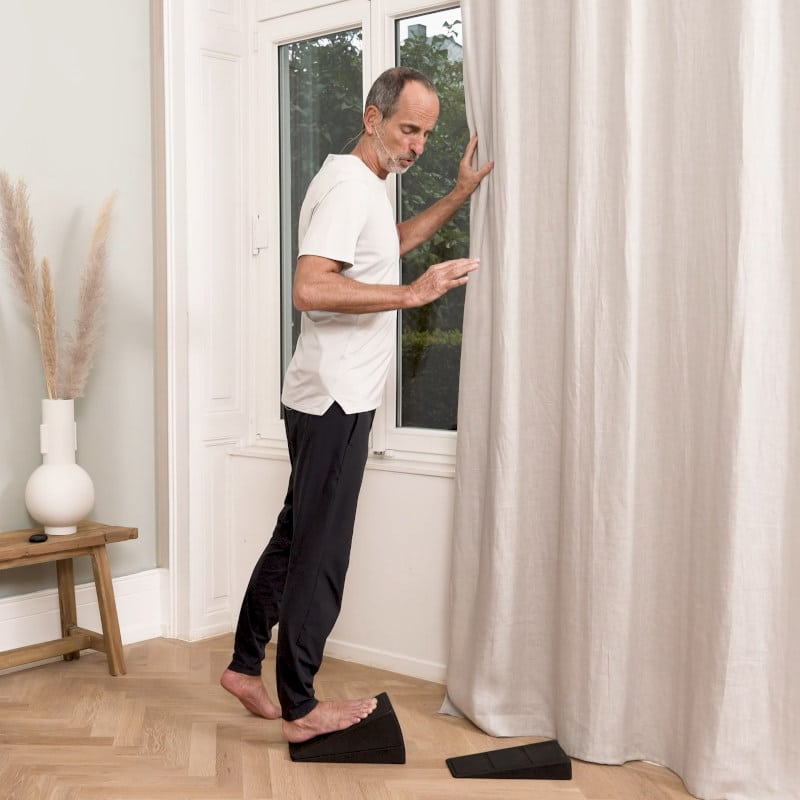
For this exercise, you’ll need our Knee Hero. Choose a base and an attachment that will provide a challenging stretch.
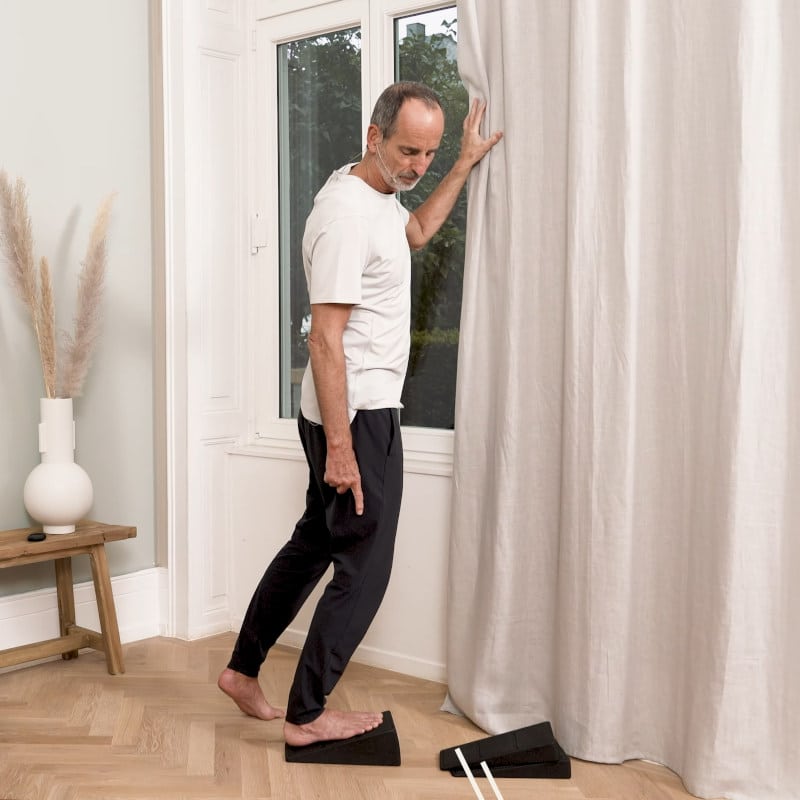
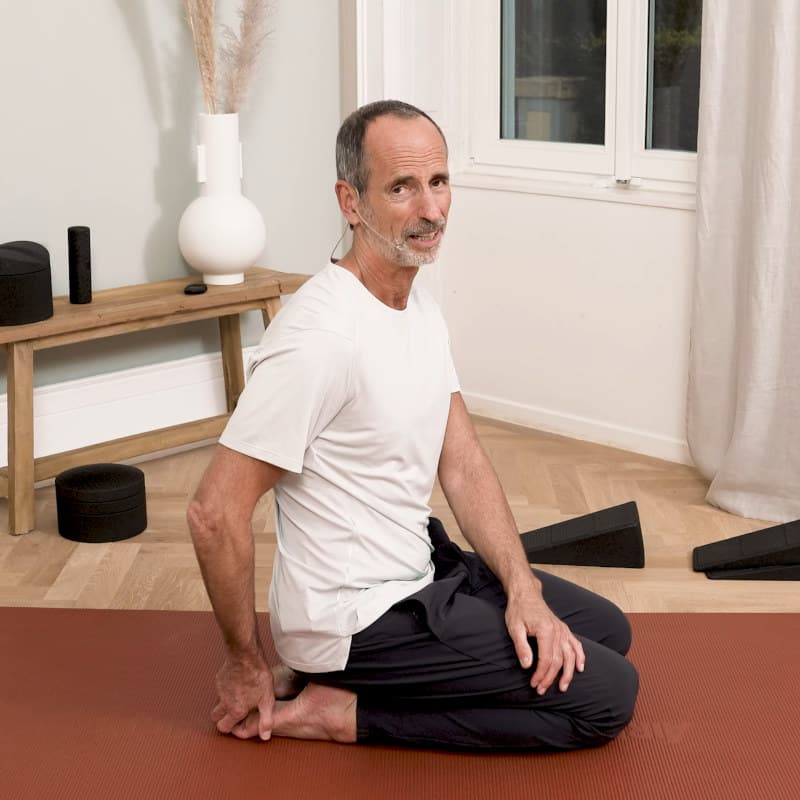
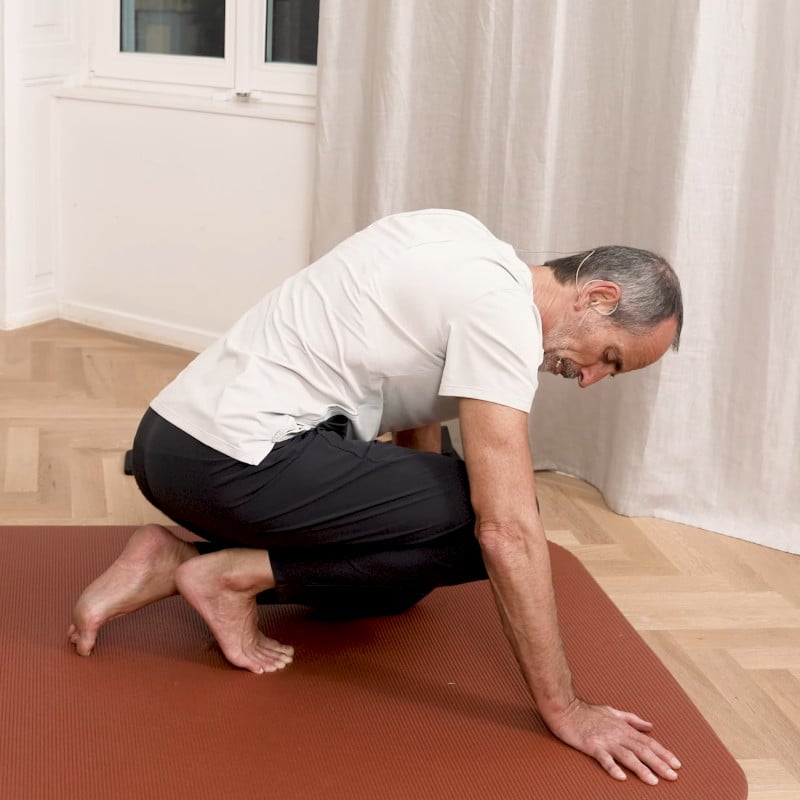
Ready for a challenge? Place your opposite foot on top of your affected foot.
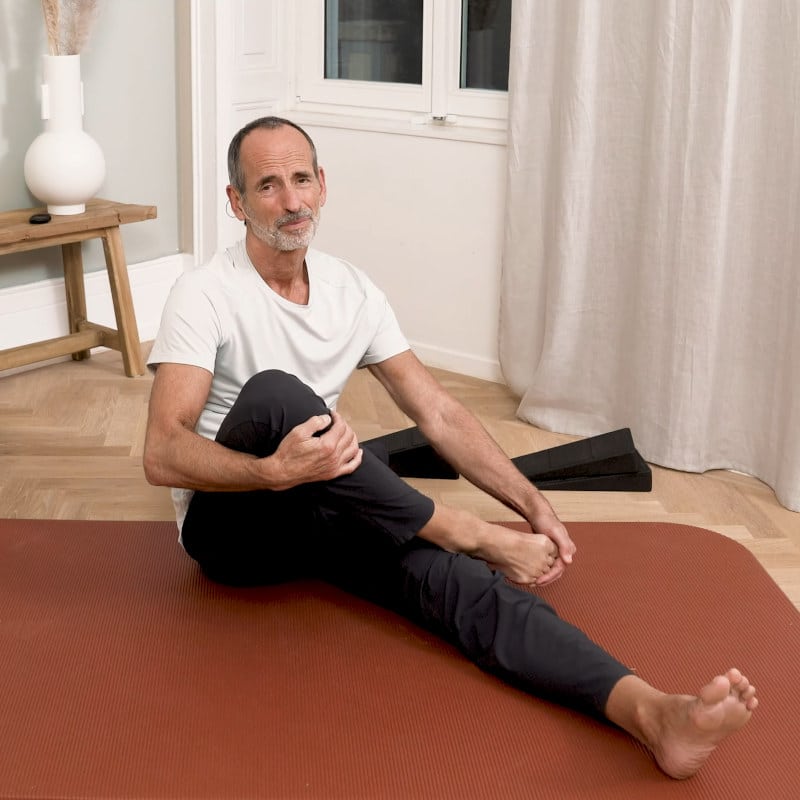
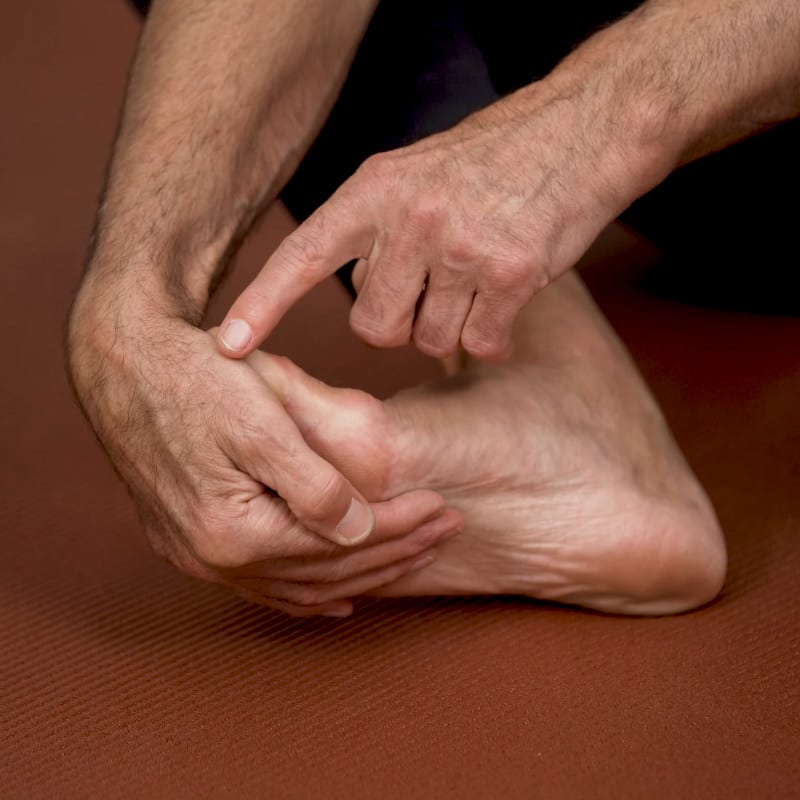
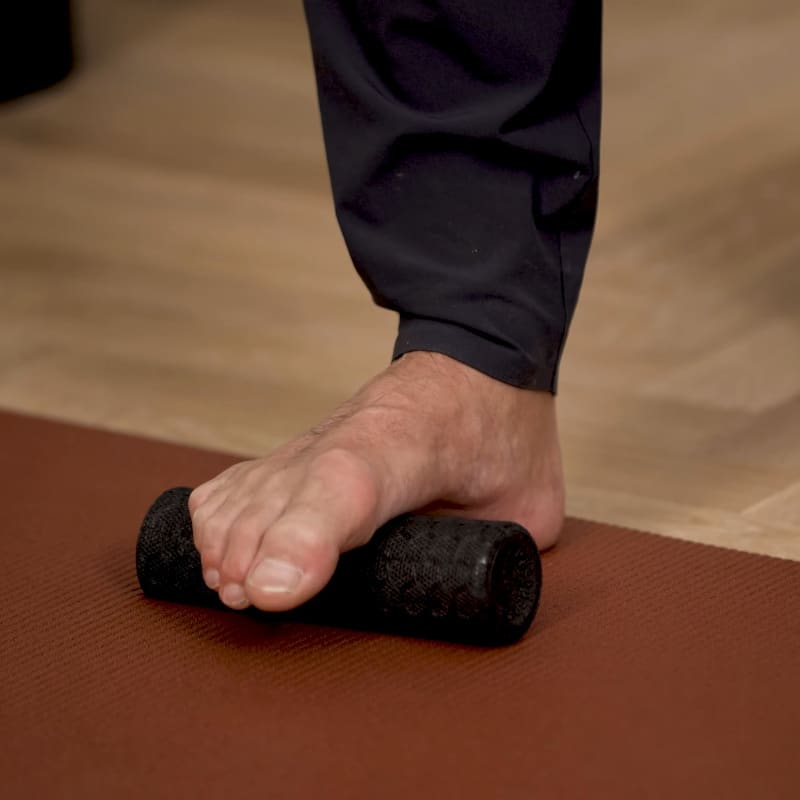
For this exercise, you’ll need the Mini Foam Roller. Roll slowly with maximum pressure for about 2 minutes.
We recommend performing our hammer toe exercises for an initial sprint of 6 days a week with one day for rest. When you notice that it’s easier to straighten your toe and you’re walking without pain, adjust the frequency of your exercising as you see fit.
Chose comfortable footwear that’s supportive and leaves enough room for the movements of your toes. Your feet will thank you.
If you have splayed feet or “duck feet”, the arches of your feet have fallen, and your forefeet have become wider. This muscle-strengthening routine helps manage the condition.
Try NowHallux valgus occurs when the bones in the forefoot are misaligned. Our 5-minute exercises may help relieve pain, restore your big toes’ range of motion, and improve aesthetics.
Try NowDiscover how to identify which foot condition you have, learn all about the causes and symptoms, and find out which of our exercise routines is best to manage your foot pain.
Learn About & Manage Foot Pain